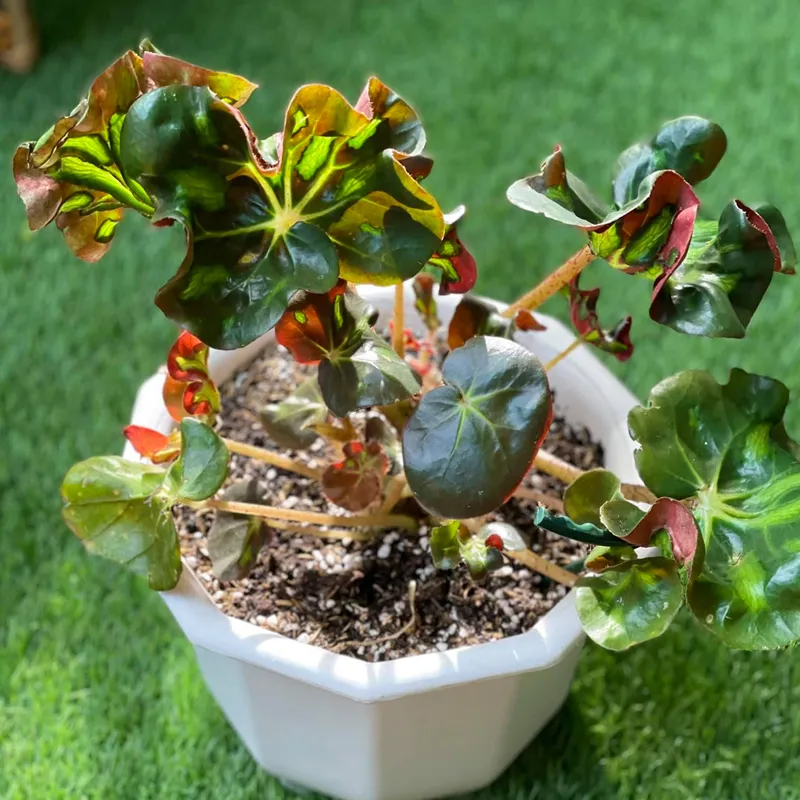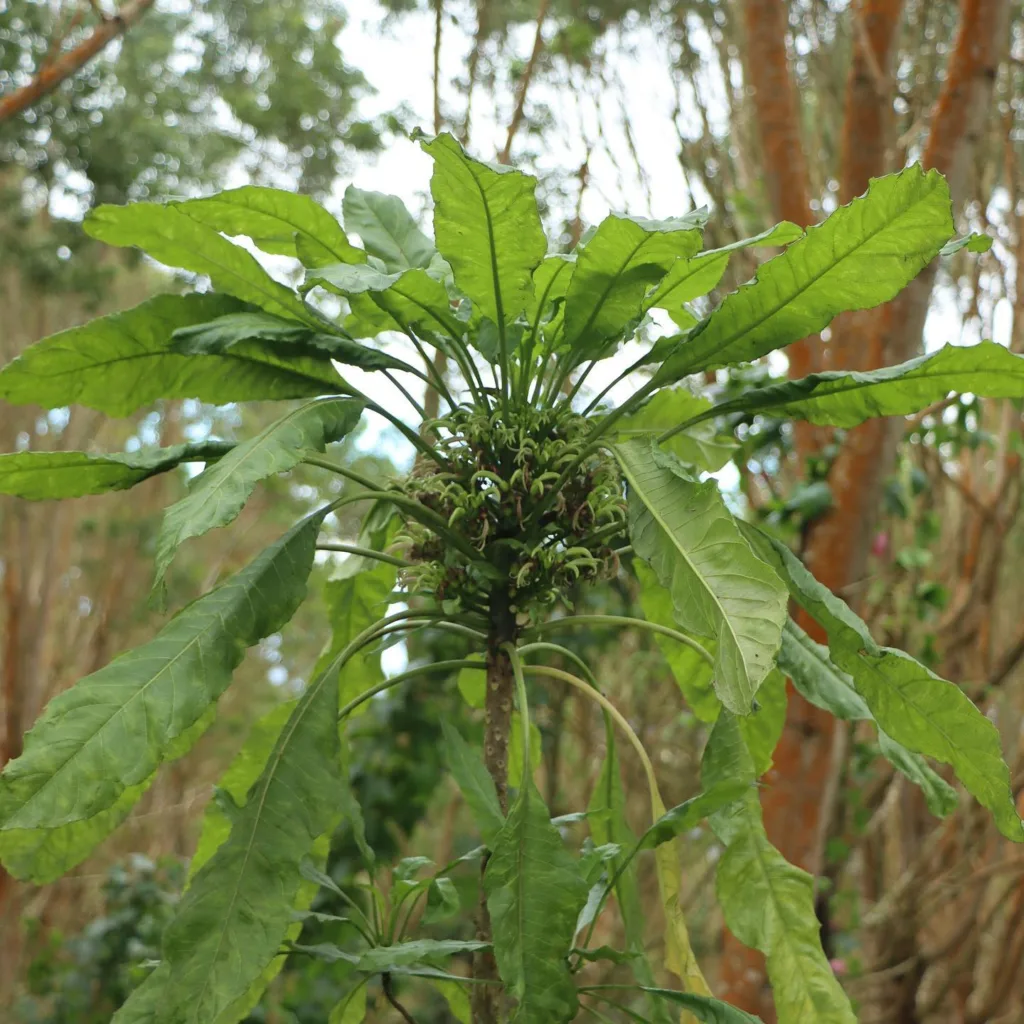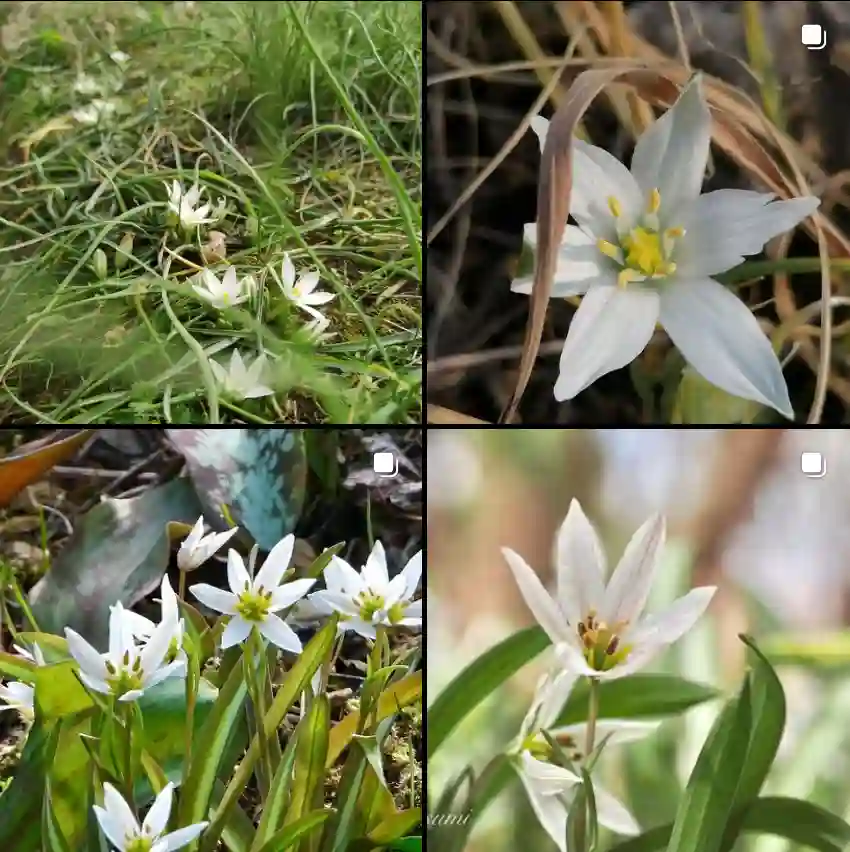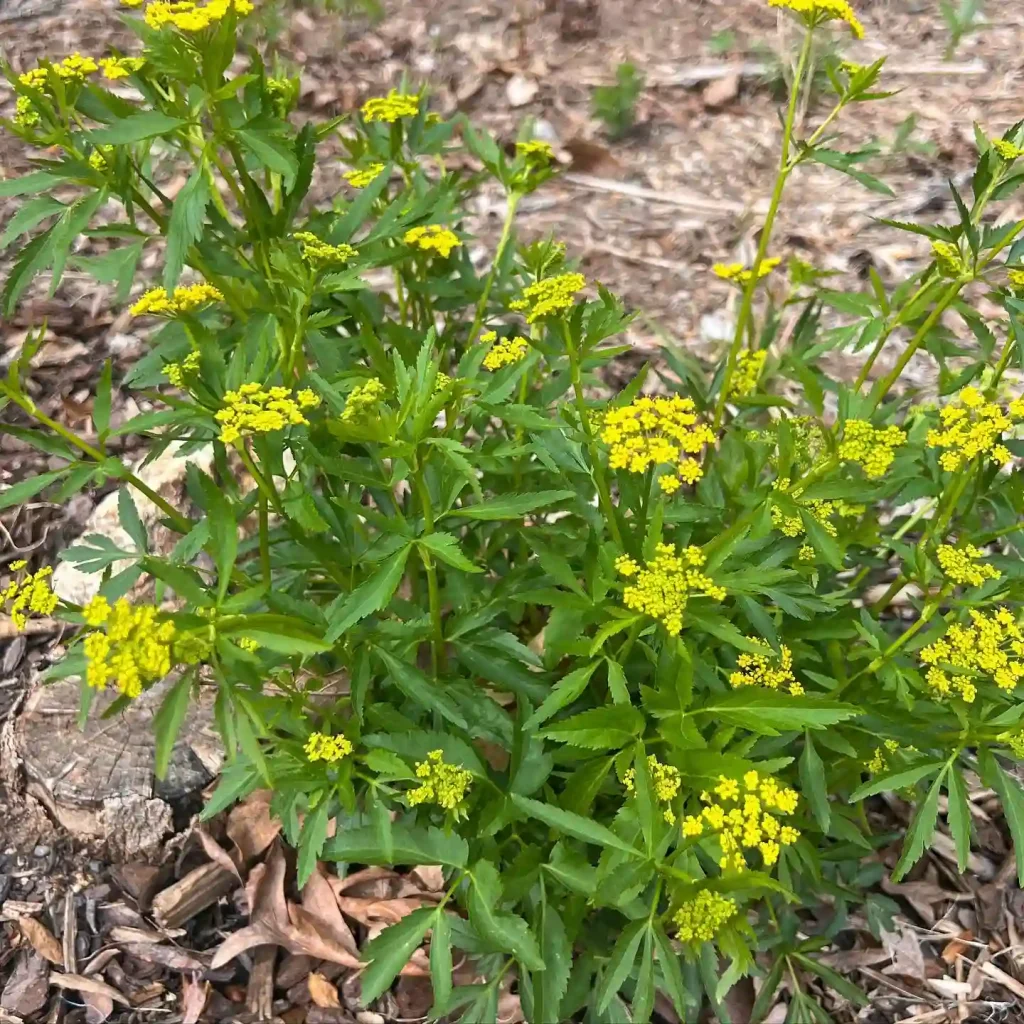All About Pittosporum Undulatum: From Fragrant Flowers to Feathery Foliage
Hi, I’m Ferb Vu, and I’m here to answer your questions about Pittosporum Undulatum, a fast-growing evergreen with a lot to offer.
This plant, also known as sweet pittosporum, native daphne, or Victorian box, is a popular choice for gardens due to its attractive features and ease of care. But before you rush out and buy one, let’s delve into the details.
256 Species in Genus Pittosporum
What is Pittosporum Undulatum?
Pittosporum Undulatum belongs to the Pittosporaceae family. It’s a versatile plant that can thrive as a shrub or a small tree, reaching heights of up to 15 meters (49 feet) in its natural habitat. However, cultivated varieties tend to be smaller.
The most striking characteristic of Pittosporum Undulatum is its foliage. The leaves are evergreen, meaning they stay green year-round. They have a lanceolate (lance-shaped) form with wavy, undulating margins – hence the name. This creates a textural contrast and adds visual interest to your landscape.
But the beauty doesn’t stop there. In spring or early summer, Pittosporum Undulatum bursts into bloom. The flowers are small, bell-shaped, and boast a creamy-white color. They often come in clusters, adding a touch of elegance and fragrance to your garden.
Once the flowers fade, the plant produces another eye-catching element: orange, woody fruits. These small, round fruits (about 1 centimeter in diameter) remain on the plant for several months, providing additional visual interest.
Pittosporum Undulatum vs. Mock Orange: What’s the Difference?
Pittosporum Undulatum is sometimes referred to as mock orange due to the superficial resemblance of their flowers. However, there are key distinctions between the two:
- Family: Pittosporum Undulatum belongs to the Pittosporaceae family, while mock orange (Philadelphus coronarius) is part of the Hydrangeaceae family.
- Leaf shape: Pittosporum Undulatum has lanceolate leaves with wavy edges. Mock orange has ovate or elliptical leaves with smooth margins.
- Fruit: Pittosporum Undulatum produces small, orange, woody fruits. Mock orange has larger, green or yellow capsules that split open to reveal seeds.
- Fragrance: Both plants have fragrant flowers, but the scent of Pittosporum Undulatum is generally considered milder than that of mock orange.
How to plant and care for Pittosporum Undulatum?
Pittosporum Undulatum is a relatively low-maintenance plant, making it a good choice for beginner gardeners. Here’s a quick guide to planting and caring for it:
- Light: Prefers full sun to partial shade.
- Soil: Thrives in well-drained, fertile soil.
- Watering: Water regularly, especially during the first year after planting. Once established, it’s moderately drought-tolerant.
- Fertilizing: Apply a balanced fertilizer once or twice a year during the growing season.
- Pruning: Prune lightly to maintain desired shape and size.
Is Pittosporum Undulatum Right for My Garden?
Pittosporum Undulatum offers several benefits for your garden:
- Year-round interest: The combination of evergreen foliage, fragrant flowers, and colorful fruits provides visual appeal throughout the year.
- Fast-growing: If you’re looking to fill a space quickly, Pittosporum Undulatum can grow at a moderate to fast pace.
- Low maintenance: Easy to care for, making it suitable for busy gardeners.
- Dense shade: Mature specimens can provide shade for patios or walkways.
However, there are also a few things to consider:
- Invasive potential: In some parts of Australia where it’s not native, Pittosporum Undulatum can become invasive. Check with your local authorities before planting.
- Moderate growth habit: While faster-growing than some plants, it might not be the quickest option if you need instant privacy screening.
Conclusion
Pittosporum Undulatum is a versatile and attractive plant that can add beauty and function to your garden. With its easy-going nature and interesting features, it’s a great choice for both experienced and novice gardeners alike. Just remember to check for any local restrictions before planting.
If i die, water my plants!



